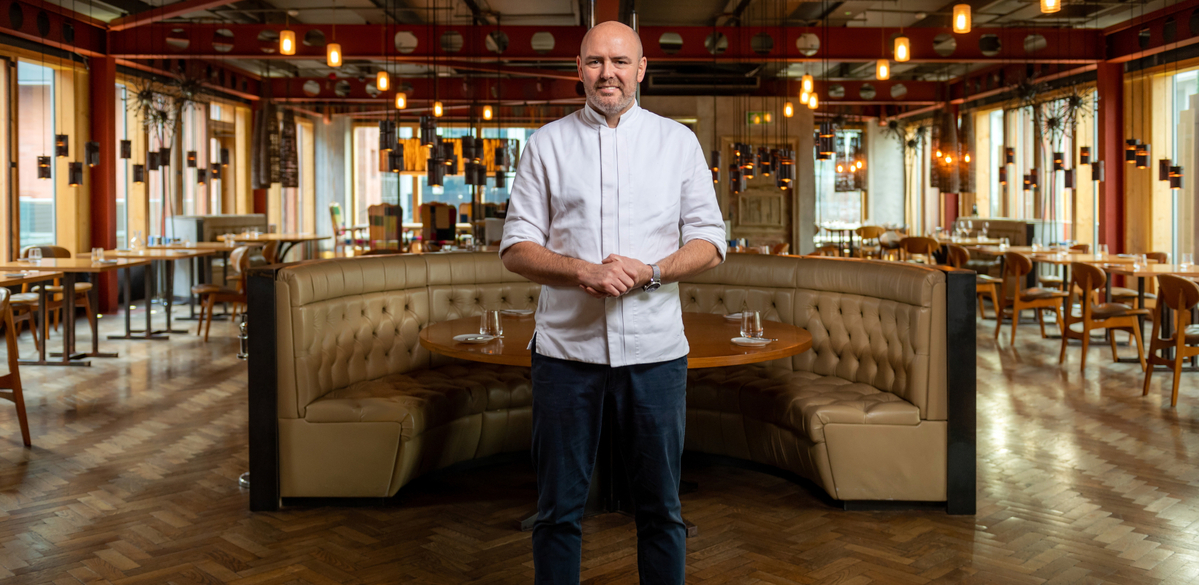Why is salt beef so popular?
27 Apr 2023by Will Hawkes
Though salt beef is traditionally made from a cheap cut of meat, customers are hankering for a taste. Here's why affordability is a top consideration for meeting demand
You need to be a premium member to view this. Join our community for just £4.99 per month, or £54.99 for a full year.
Already a subscriber to The Caterer? Login below:
Most popular
Most Popular
lunch!
Casual Dining
Sustainability Summit 2024
Foodservice Cateys
Jacobs Media is honoured to be the recipient of the 2020 Queen's Award for Enterprise.
The highest official awards for UK businesses since being established by royal warrant in 1965. Read more.
We use cookies so we can provide you with the best online experience. By continuing to browse this site you are agreeing to our use of cookies. Click on the banner to find out more.
















